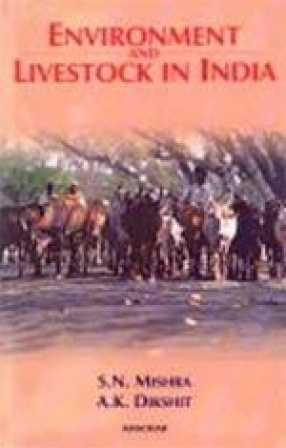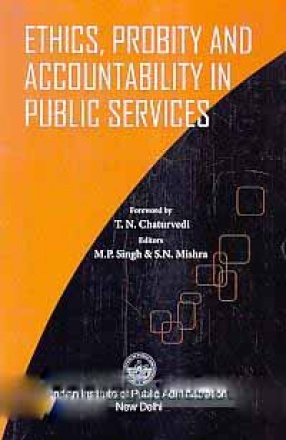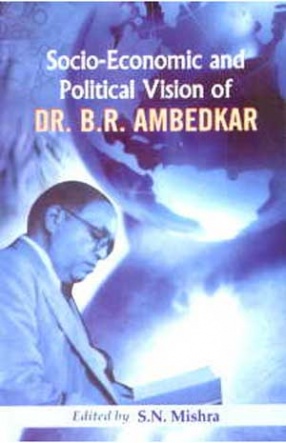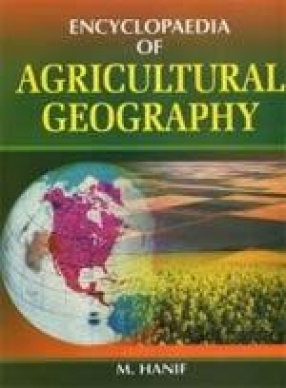This book presents the first comprehensive study of the national and global environmental effects of India’s livestock production system. The first few chapters provide a descriptive account of India’s livestock biodiversity as determined by environmental conditions, modes of livestock farming, chief features of mixed livestock farming integrated with agriculture, and its direct and indirect linkages with environment. The authors have also formulated an environmental model of the livestock production system in an input-output framework. Environmental effects are shown to occur on both sides of the system. The model should be of interest to environmental scientists and economists. Based on the model the book provides estimates of greenhouse gases (methane) emission from cattle and buffaloes, carbon dioxide emission prevented due to animal energy use in agriculture arising out of fossil-fuel saving, arable land area saved by recycling agricultural by-products as animal feed, as also from dung cake as a source of biofuel, and the saving of chemical fertilizers by using dung as manure. The authors then value these positive environmental contributions in rupee terms. Interestingly, they conclude that the sum of these values is much more than the value of output of India’s livestock sector as a whole. Finally, the book compares the environmental effects of the Indian dairy production system with that of the US. This comparison is particularly addressed to environmentally concerned readers in the developed world.
Environment and Livestock in India
In stock
Free & Quick Delivery Worldwide
Bibliographic information
Title
Environment and Livestock in India
Author
Edition
1st ed.
Publisher
ISBN
8173045631
Length
196p., Tables.
Subjects








There are no reviews yet.